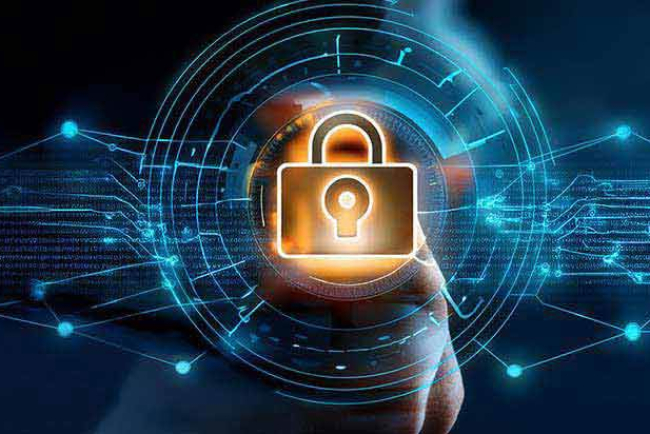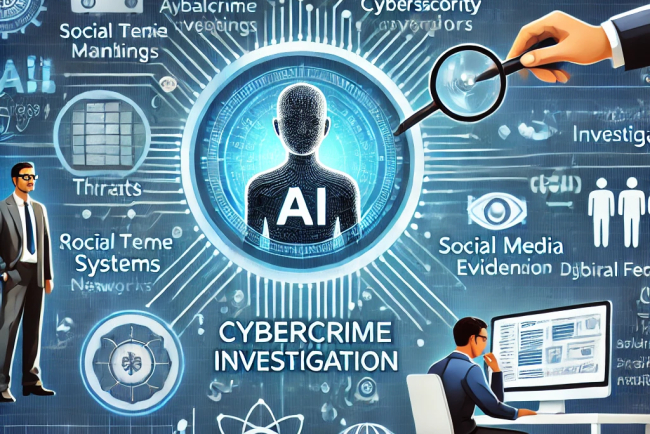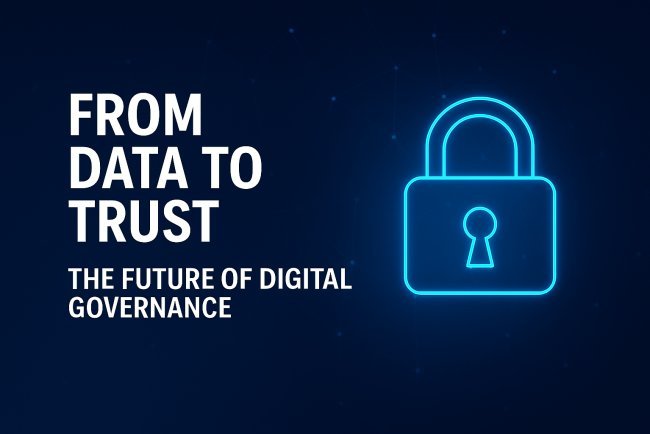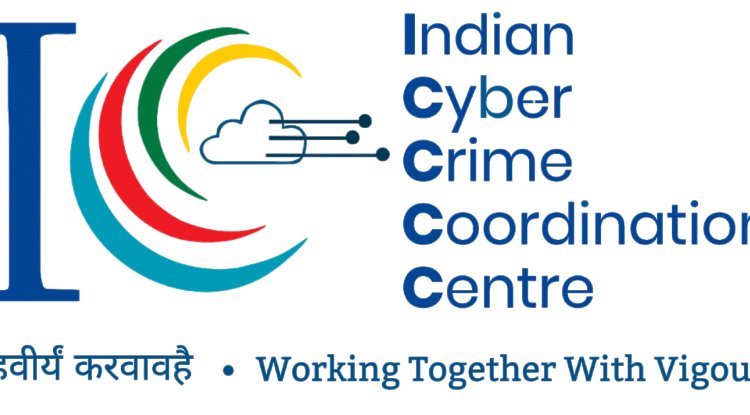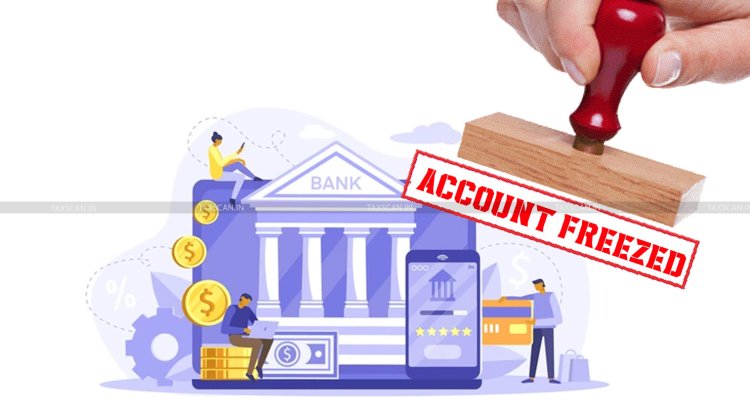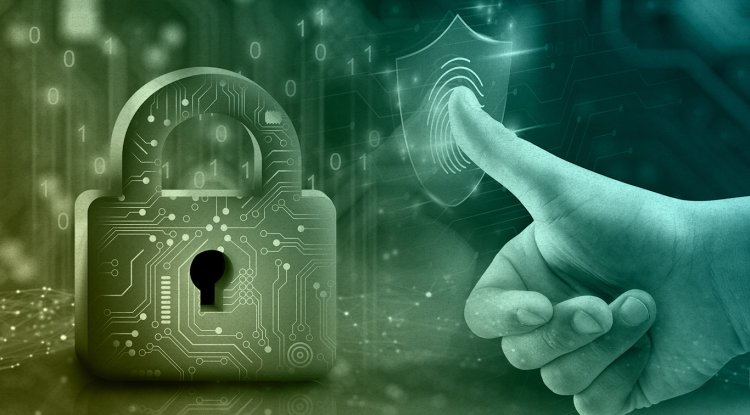"Behind the Mask: How Deepfakes Work and Why They Matter"
Deepfakes are artificial intelligence algorithms, such as deep learning and generative adversarial networks (GANs), that produce synthetic media, usually voice, video, or picture. They are capable of accurately imitating the voices, looks, and behaviours of actual people, making it challenging to tell fact from fiction. Deepfakes are a source of technological and creative innovation in industries such as education and entertainment, but they also represent significant risks to public trust, political stability, privacy, and disinformation.

The adage "seeing is believing" no longer has the same meaning in a society where digital media plays a bigger role. The basic foundation of visual and auditory truth is being dismantled by a rapidly developing technology called deepfakes. Deepfakes may appear to be harmless digital wizardry at first glance, such as making historical characters dance or incorporating famous faces into memes. However, the reality that lurks beneath the surface is significantly more complicated and occasionally sinister.
Taking you behind the scenes, this piece examines the intriguing workings of deepfakes, the moral dilemmas they raise, and why their continued presence is so important in this era of disinformation and media manipulation.
What Are Deepfakes?
Hyper-realistic digital forgeries, such as videos, photos, or audio snippets, known as "deepfakes," are produced by machine learning and artificial intelligence (AI), more especially by a kind of neural network known as Generative Adversarial Networks (GANs). With the help of these techniques, one person's voice, motions, and facial expressions may be projected onto another, creating media that realistically mimics reality.
It's not just about changing faces; it's about remarkably accurate identity replication.
How Do Deepfakes Operate?
A clever AI architecture is at the core of deepfake technology:
The Generator produces fake content, such as sounds, videos, or pictures, that is intended to resemble the real thing.
The discriminator assesses the information and attempts to discern between authentic and fraudulent content.
The two components improve their roles through adversarial training, until the generator is able to create fakes that are so realistic that the discriminator is unable to distinguish between them.
To put it more realistically, deepfake systems are trained on massive datasets of a person's voice or face (such as videos of well-known people), learning every tone, blink, frown, and smile. Once trained, they are able to fully synthesise or manipulate new content, causing someone to say or do something they never did.
The Double-Edged Sword of Deepfake Technology Deepfakes, like many technological advancements, offer a combination of innovation and risk:
The Positive Side: Entertainment: Deepfakes can be used to de-age actors or bring historical figures to life in movies; accessibility: AI-generated speech can help restore voices for those who have lost them; and education & art: Deepfakes can be used to enhance creative projects and digital storytelling.
The Negative Aspect: Misinformation: Deepfakes might create fake political speeches or spread incorrect information to cause fear. Defamation and Harassment: Criminal impersonations and phoney obscene videos have been used to target people.
Fraud: Voice-based deepfakes have been used to deceive people into sending money or disclosing private information.
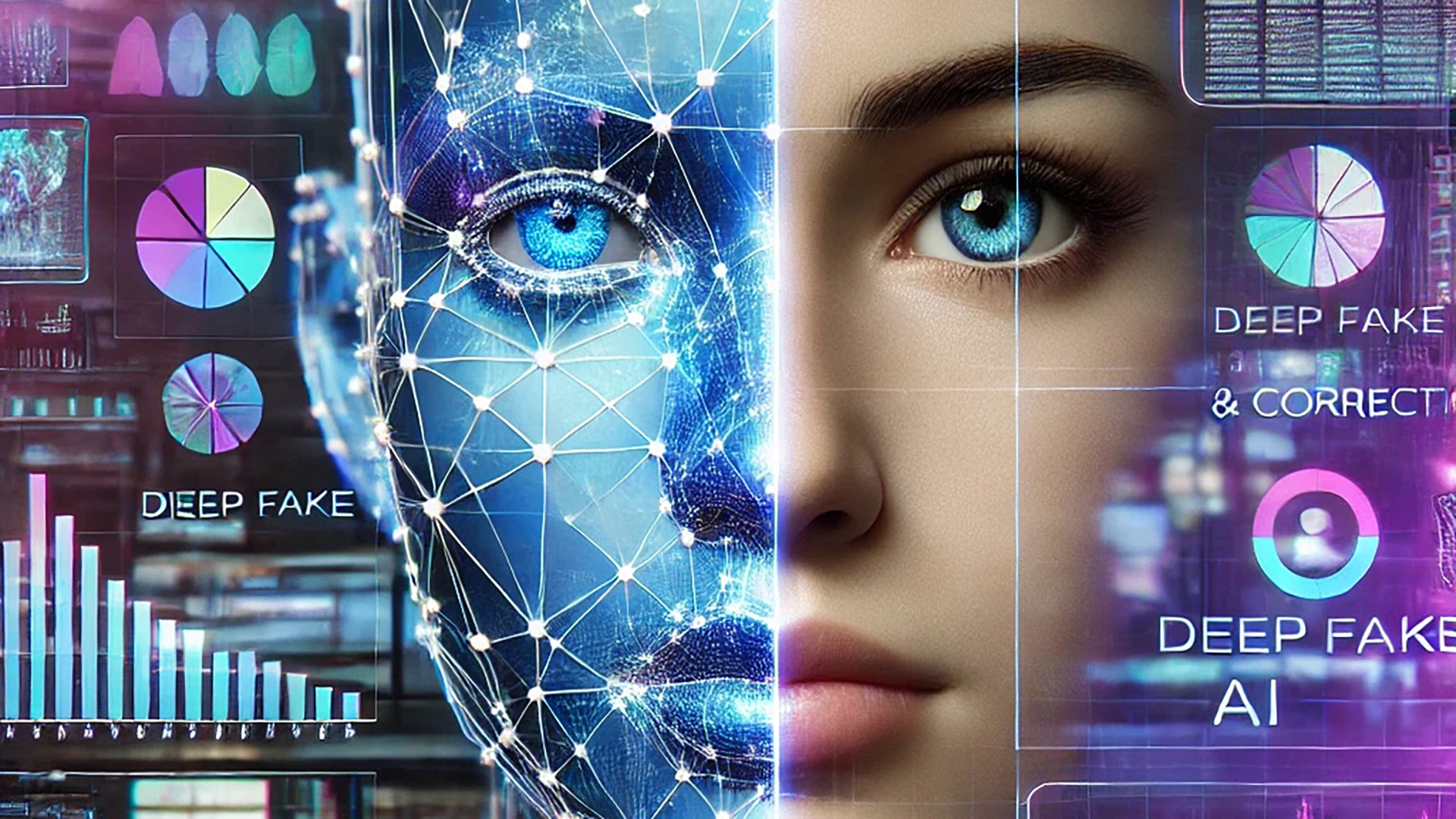
Deepfakes have emerged as one of the most serious forms of digital fraud in a time when technology can create perfect fakes. Once shielded by their public relations teams and elite status, celebrities are becoming the main targets of this AI-driven deception.
Without their knowledge or consent, their faces, voices, and expressions can be cloned to produce hyper-realistic films and audios using a small number of publicly accessible videos or photographs.
1. Plenty of Information AI might learn a lot from the thousands of hours of interviews, films, social media posts, and public appearances that online celebrities have.
2. Greater Visibility Equals Greater Impact
Any celebrity-related content instantly attracts attention, which speeds up the spread of deepfake films, whether they are used for harassment, clickbait, or disinformation.
3. Possibility of Fake News
Deepfakes, particularly during elections or controversies, can sway public opinion through everything from phoney political endorsements to scandalous situations.
4. Exploitation of Sexuality
In addition to being libellous, many celebrity deepfakes are non-consensual, graphic videos that cause severe suffering. Celebrities who are female are disproportionately targeted by this practice.
Prevantion of deepfakes
1. Electronic Instruments
Put deepfake detection software to use (such as Deepware or Microsoft Video Authenticator).
For original work, add authenticity tags or digital watermarks.
Learn about blockchain to track stuff securely.
2. Take legal action by informing cybercrime units about deepfakes.
Laws are being introduced by nations to outlaw dangerous deepfakes (such as the US Deepfakes Accountability Act and India's IT Act).
In India, fraudulent content must be eliminated by platforms within 24 to 36 hours.
3. Individual Safety
Share no high-resolution videos or pictures of your face.
Never believe viral videos without confirmation; always examine the sources.
To identify phoney content, use reverse search engines.
Stars: watermark material and keep an eye out for abuse.
4. Awareness
Be aware of the symptoms, which include blinking, strange lip sync, and unusual lighting.
Encourage students' online and in-class digital literacy.
Be aware of misuse of AI.
Follow cyberdeepakyadav.com on
Facebook, Twitter, LinkedIn, Instagram, and YouTube
What's Your Reaction?







